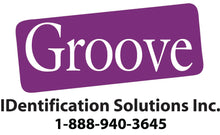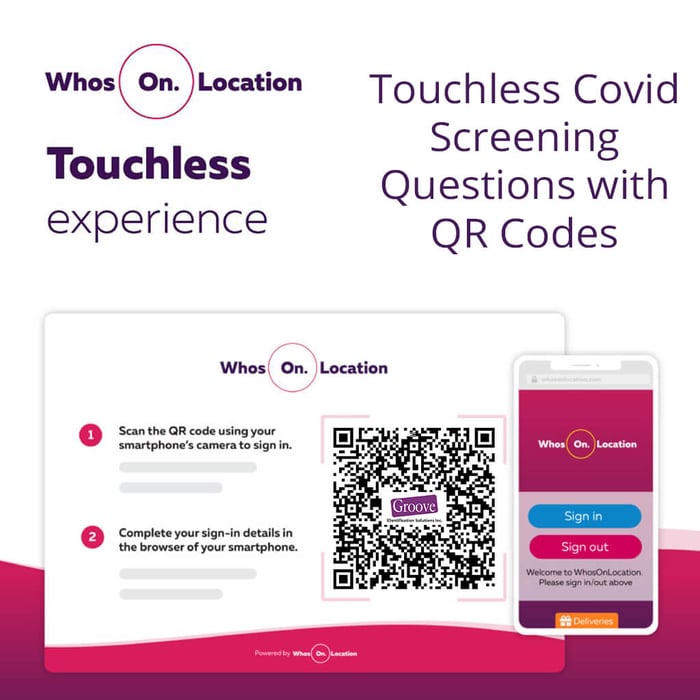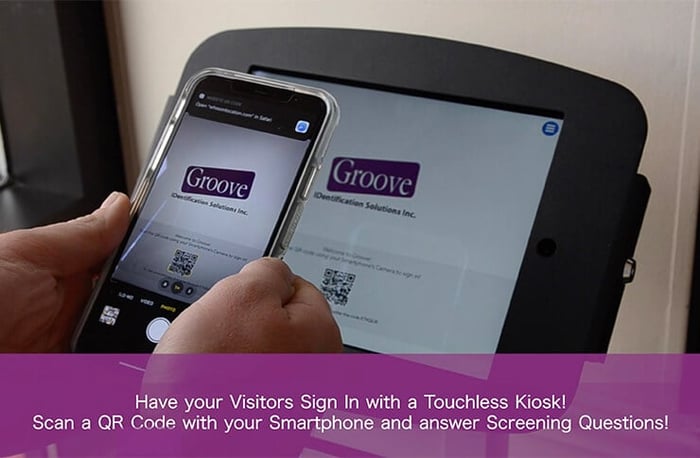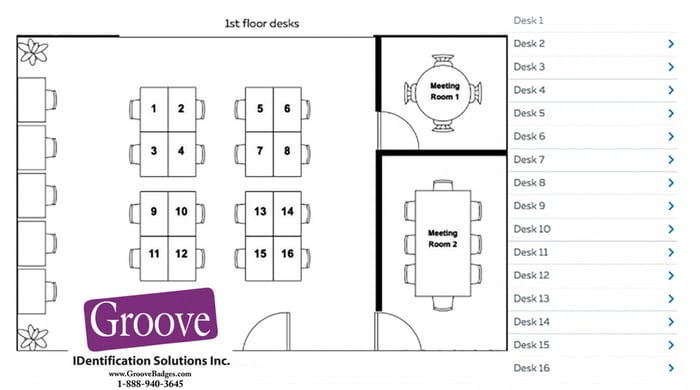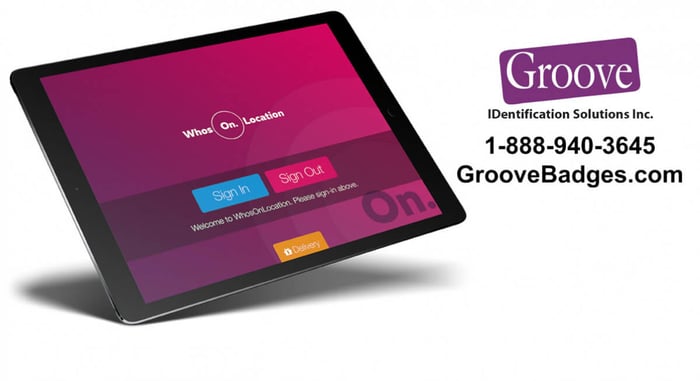Do I Need a Visitor Kiosk? Should It Be Touchless?
Self-serve Visitor kiosks are catching on at many facilities. Find out how to install one at your facility and how to make it even safer by going touchless.
As artificial intelligence (AI) keeps improving, we’re seeing more and more businesses handling transactions via self-service. It started at the gas pump, but these days people do everything from paying for their groceries to checking into a vacation flight (remember those?) using self-service kiosks.
The move to self-service has also caught on in the security industry. Increasingly, organizations use self-service kiosks to sign in visitors to secure facilities.
There are some excellent reasons to consider moving to kiosks at your site’s entry points. The need for contact tracing has been a significant driver behind the trend toward self-service visitor kiosks at checkpoints. In the past, signing in permanent employees hadn’t been a significant priority at many sites.
Click Here to Shop for WhosOnLocation!
Keeping Staff Safe Through Contact Tracing
Covid-19 has changed that. Vaccination may eventually bring the virus to heel, but it will probably always be going around like measles or the flu. For the foreseeable future, employers will be responsible for keeping their staff safe through contact tracing.
At the same time, social distancing and a weak economy have stretched security resources in most companies. It may not make sense to post staff at every entry point. You also need to screen visitors and contractors more thoroughly than before.
Most of us have become accustomed to self-service. So, a visitor kiosk will provide the next logical step to deal with the challenge. These kiosks use regular computing devices like tablets, notebooks or desktops, so both employees and visitors are very comfortable using them.
Web-based visitor management software solutions like WhosOnLocation are easy-to-use applications that keep track of people moving in and out of your locations. WhosOnLocation is user-friendly, and you can set it up at any facility in minutes.
WhosOnLocation is scalable. It can replace your old-school visitor book, but it can also consolidate and replace all the spreadsheets and databases you may be using to manage visitor identity, pre-registrations, parking or your other security needs.
In terms of hardware for your Visitor Kiosk, all you need is a tablet, like a Microsoft Surface Pro or an iPad, a stand or a work surface to set it on and the WhosOnLocation subscription. You can also add a printer for temporary badges or a barcode scanner.
During the pandemic, locations that already have kiosks have been asking themselves how they can make them even more secure. Concerns are arising about using touchscreens on the tablets the kiosk uses. We know that the SARS-CoV-2 virus spreads on surfaces, and so do many other germs. Continually wiping down the screens is usually not an adequate or practical response.
It’s Easy to Upgrade Your Kiosk to Touchless Technology
Fortunately, it’s easy to upgrade your kiosk to touchless technology. You’ve probably noticed that many essential service providers rely on those large, square, machine-readable barcodes. The industry calls them QR (quick response) codes, and they’re the key to making your security kiosk touchless.

Visitors use the camera in their smartphone to capture a QR code from your kiosk screen. The QR code directs their phone browser to your secure website, where they fill in your screening questionnaire. They don’t have to download an app or any other kind of software. The transaction all runs on whatever web browser they already use with their cellphone.
If you’ve been capturing visitors’ photos, visitors will capture those with their phone cameras as well. It’s just like taking a selfie. When it’s time for visitors to sign out, they’ll use the browser on their phone to fill out the form.
Another way to provide the QR code is to hang a poster on the wall. Then, instead of aiming their camera at the small kiosk screen, they can point it at the sign. You can even rely on the poster and not bother with a kiosk at some of your entry points. You could also provide QR code posters so that people can check-in when moving between security zones at your site.
When you go touchless, your kiosk can still do everything it does for you now. It can ask basic and custom questions, print badges, and have visitors acknowledge your policies or sign a non-disclosure agreement (NDA).
The only difference is that visitors or employees do all of these things on their smartphones. Best of all, if you already have a kiosk in place, there’s no additional cost for going touchless.
Everything you need for automated, self-serve, touchless access control is available today with WhosOnLocation. As always, our support team at Groove can help you to choose the right technology to protect your people and your assets against contamination and other risks.
Maybe you’ve recently installed a self-serve security kiosk at your facility or upgraded to a touchless solution. If so, we’d love to hear about your experience. We’d also be pleased to answer any questions you may have.
1-888-940-3645 or Info@groovebadges.com
